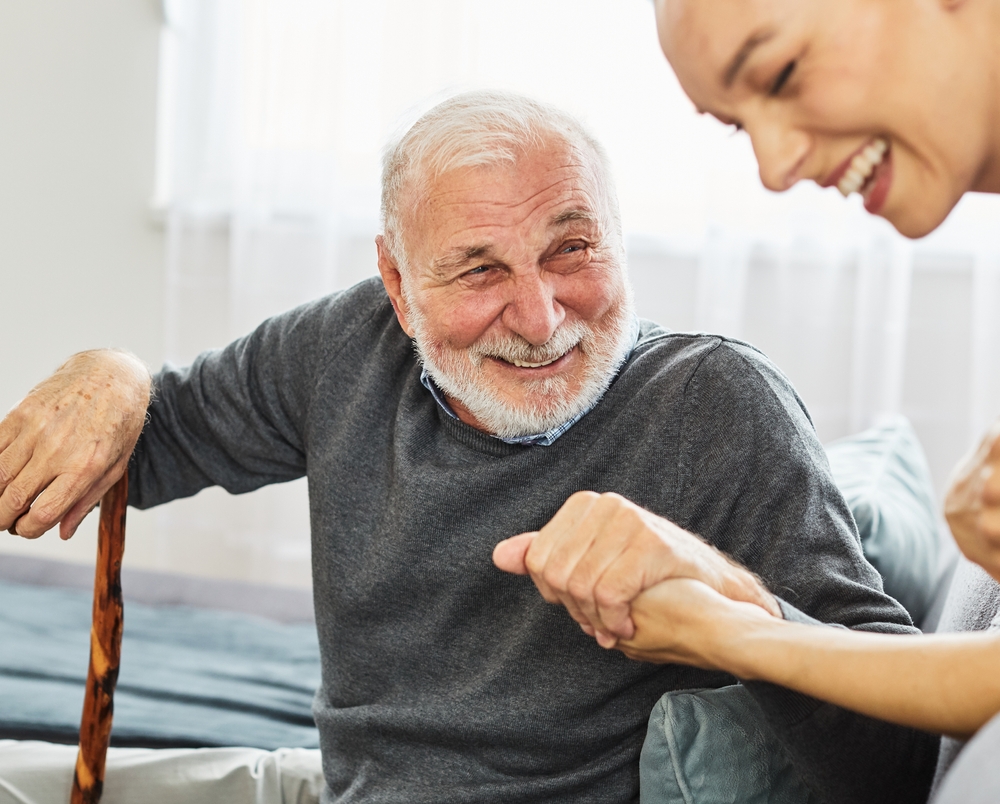Make an Appointment
Living with diabetes becomes more challenging as we age. Seniors often experience changes in metabolism, reduced muscle mass, and a higher risk of complications such as poor circulation, nerve damage, or heart disease. While medication and diet are vital parts of diabetes management, exercise plays an equally important role, especially when guided by an exercise physiologist.
This raises common questions:
- What exactly does an exercise physiologist do for someone with diabetes?
- How does exercise help manage blood sugar levels?
- What are the specific ways exercise improves type 2 diabetes?
- And how can seniors safely incorporate physical activity into their routine?
The good news is, exercise doesn’t have to mean running marathons or spending hours in the gym. Even simple, consistent movement, when done safely, can dramatically improve health outcomes for seniors with diabetes.
In this guide, we’ll explore why exercise is essential for diabetes management, how exercise physiology supports seniors, and the best types of exercise for controlling blood sugar.
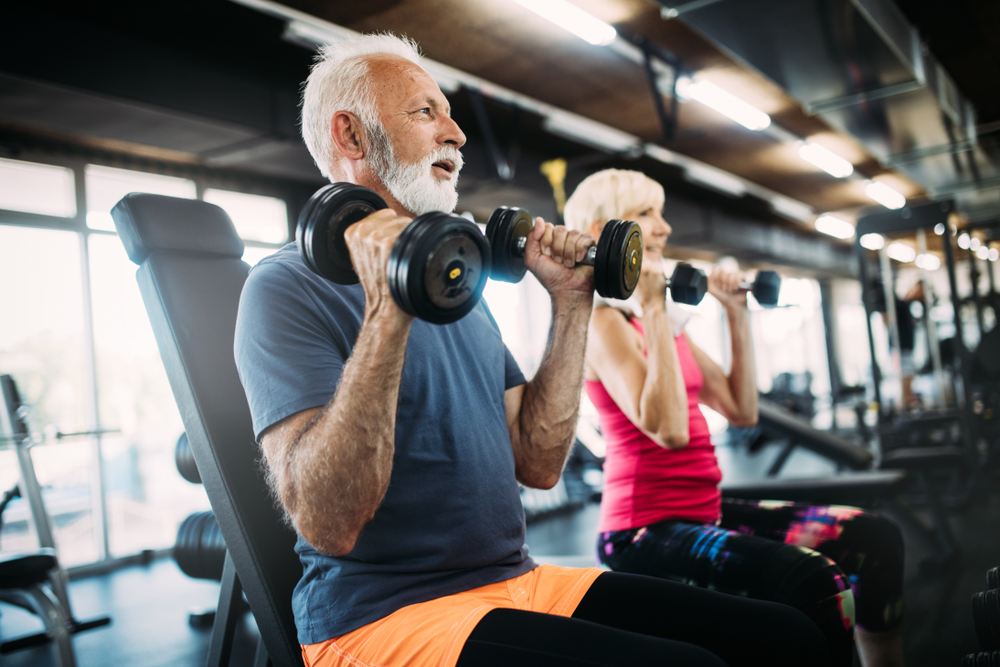
Diabetes and Its Impact on Seniors
Before we look at the benefits of exercise, it’s helpful to understand how diabetes affects the body—especially in older adults.
What is Diabetes?
Diabetes is a condition where the body either doesn’t produce enough insulin or can’t use it effectively. Insulin is the hormone that helps move sugar (glucose) from the bloodstream into cells for energy.
There are two main types:
- Type 1 diabetes – the body produces little or no insulin.
- Type 2 diabetes – the body becomes resistant to insulin, often linked to age, weight, or lifestyle factors.
Type 2 diabetes is more common in seniors.
Why Seniors Face Greater Challenges
As we age, several factors make managing diabetes harder:
- Reduced muscle mass lowers insulin sensitivity.
- Slower metabolism can cause weight gain and make blood sugar harder to control.
- Other health conditions like arthritis, heart disease, or mobility issues may limit activity.
- Medication side effects can increase the risk of low or high blood sugar.
Without proper management, diabetes can lead to complications such as:
- Vision problems and nerve damage (neuropathy)
- Poor circulation and slow wound healing
- Increased risk of heart attack or stroke
This is why staying active is critical, especially for seniors.
For more information, visit Diabetes Australia – What is Diabetes.
How Exercise Improves Diabetes
Exercise is a natural way to improve how the body uses insulin. For seniors with type 2 diabetes, it helps by:
- Lowering blood sugar levels during and after activity
- Improving insulin sensitivity so cells can use glucose more effectively
- Burning calories to support a healthy weight
- Increasing muscle mass which stores more glucose and stabilises energy
These benefits make exercise one of the most powerful tools for diabetes management, alongside healthy eating and medication.

The Role of an Exercise Physiologist in Diabetes Management
An exercise physiologist (EP) is a university-trained health professional who specialises in using exercise to prevent and manage chronic conditions like diabetes.
What Does an Exercise Physiologist Do for Seniors with Diabetes?
Exercise physiologists:
- Assess your current health, mobility, and fitness level before starting any program
- Check for complications like neuropathy, poor circulation, or joint issues
- Design safe, individualised exercise programs based on your needs and goals
- Teach proper techniques to avoid injury
- Monitor your response to exercise, including blood sugar levels
- Provide education about the link between exercise and diabetes management
Their goal is to help seniors exercise safely, effectively, and consistently.
Why Tailored Exercise Matters for Seniors
Not all exercise is suitable for older adults with diabetes. Some may have:
- Limited mobility from arthritis or joint pain
- Balance issues that increase fall risk
- Cardiovascular conditions that need careful monitoring
Exercise physiologists create programs that address these challenges so seniors can stay active without fear of injury.
Education and Lifestyle Support
Beyond exercise, EPs educate seniors on:
- How different types of exercise affect blood sugar
- When to check glucose levels before and after exercise
- Recognising signs of low blood sugar (hypoglycaemia) during activity
- How to combine exercise with medication and diet for better results
For more information, visit Exercise Physiology services at Physio Inq.
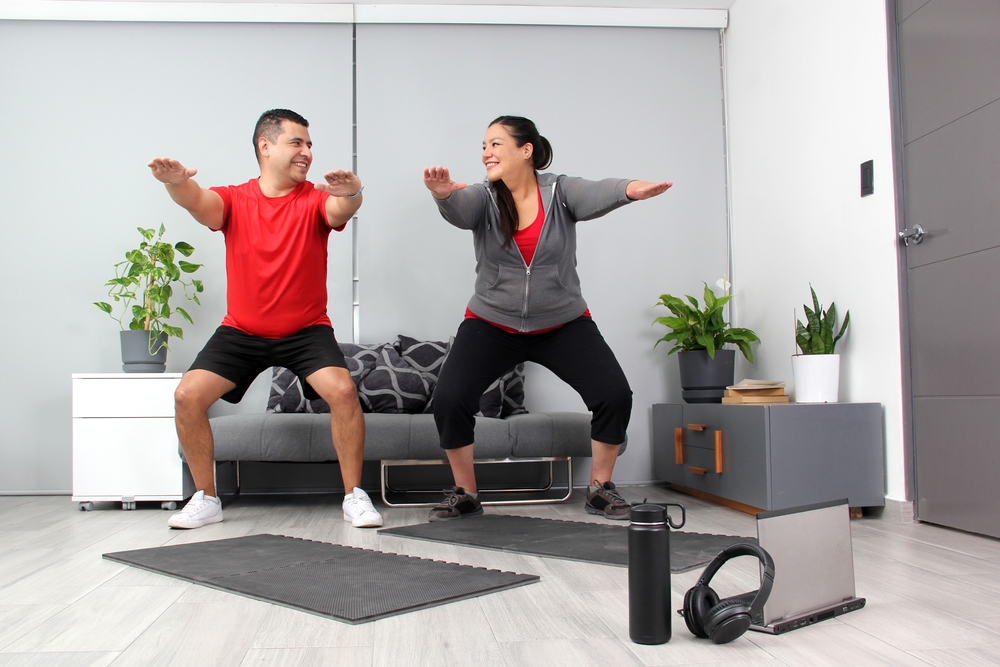
How Exercise Improves Diabetes in Three Key Ways
Exercise benefits type 2 diabetes through three main physiological improvements: better insulin sensitivity, improved glucose uptake, and enhanced cardiovascular health.
1. Improves Insulin Sensitivity
When you exercise, your muscles need more energy, so they become more sensitive to insulin. This means:
- Your body requires less insulin to lower blood sugar
- Cells are better able to absorb glucose from the bloodstream
- Blood sugar stays more stable throughout the day
This improved insulin sensitivity can last for up to 24–48 hours after exercise.
2. Promotes Glucose Uptake in Muscles
During exercise, muscles use stored glucose for energy. This has two key benefits:
- It lowers blood sugar immediately
- It empties the muscle’s glucose stores, making space for more glucose to be absorbed after exercise
This natural glucose “burn” reduces the need for extra medication.
3. Supports Heart and Circulation Health
Seniors with diabetes are at higher risk of heart disease. Exercise:
- Improves circulation and reduces blood pressure
- Raises “good” HDL cholesterol
- Helps maintain a healthy weight, which eases pressure on the heart
Better cardiovascular health means fewer complications long term.
Extra Benefits Beyond Blood Sugar
Exercise also helps seniors with diabetes by:
- Reducing joint stiffness and improving mobility
- Boosting mood and reducing stress hormones that can raise blood sugar
- Supporting better sleep patterns, which stabilise energy levels
These whole-body benefits make exercise an essential part of diabetes care.
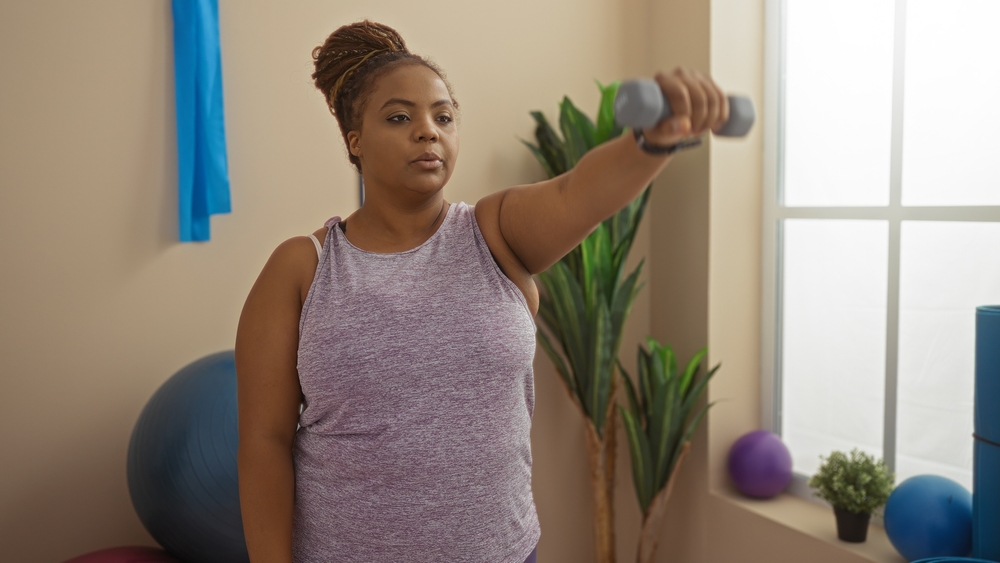
Safe and Effective Exercises for Seniors with Diabetes
Seniors don’t need to do intense workouts to gain benefits. The key is regular, moderate activity that is enjoyable and sustainable.
Aerobic Exercise
- Examples: Walking, swimming, cycling, dancing
- Benefits: Improves heart health, lowers blood sugar, and increases endurance
- Aim for 20–30 minutes most days of the week, even if broken into shorter sessions.
Strength Training
- Examples: Light resistance bands, bodyweight exercises, or light weights
- Benefits: Builds muscle to improve insulin sensitivity and mobility
- Do 2–3 sessions per week, focusing on major muscle groups.
Flexibility and Balance Exercises
- Examples: Gentle stretching, yoga, tai chi
- Benefits: Improves balance, reduces fall risk, eases stiffness
- Can be done daily as part of a morning or evening routine.
Hydrotherapy
- Exercising in warm water reduces joint stress, making movement easier
- Ideal for seniors with arthritis, joint pain, or limited mobility
Important Safety Tips
- Check blood sugar before and after exercise, especially if on insulin or certain medications.
- Carry a small snack to prevent low blood sugar during activity.
- Wear comfortable shoes to avoid foot injuries, which can heal slowly in diabetes.
- Start slow and build up gradually, consistency is more important than intensity.
For more on safe exercise for seniors, see Diabetes Australia – Exercise and Diabetes.
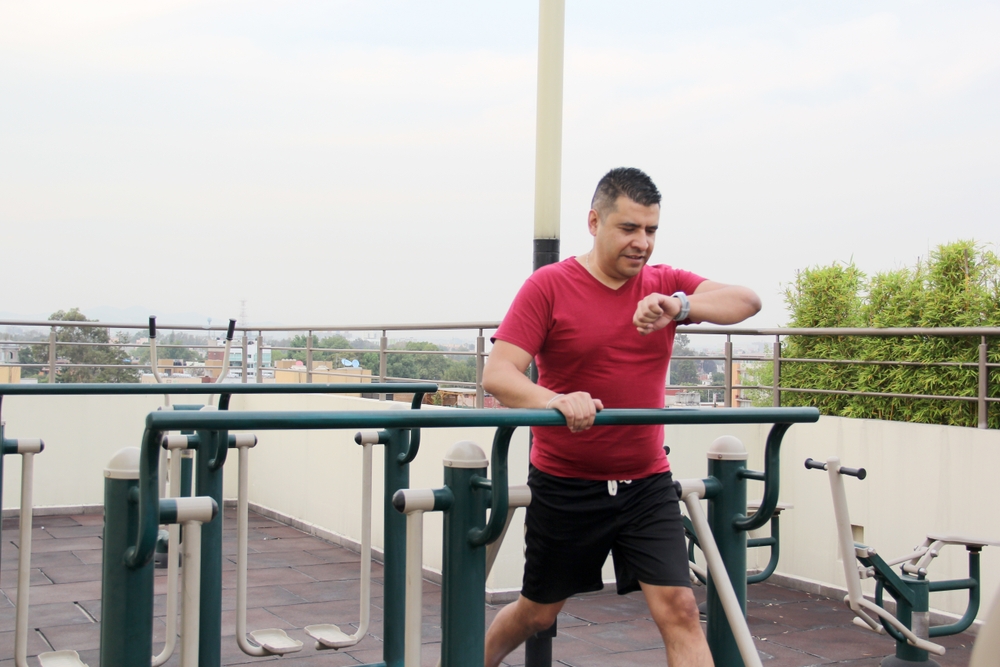
Frequently Asked Questions (FAQs)
What is the role of an exercise physiologist in diabetes?
They assess your health, create safe, tailored exercise plans, and teach you how to use movement to improve blood sugar, strength, and overall wellbeing.
What is the role of exercise in managing diabetes?
Exercise lowers blood sugar, improves insulin sensitivity, supports weight control, and reduces the risk of complications like heart disease.
What are the three ways that exercise improves the physiology of type 2 diabetes?
It enhances insulin sensitivity, increases glucose uptake in muscles, and improves cardiovascular health, all of which help manage diabetes more effectively.
What role does exercise play in maintaining healthy blood sugar levels?
Exercise helps muscles absorb and use glucose for energy, lowering blood sugar both during and after activity while keeping it stable long term.
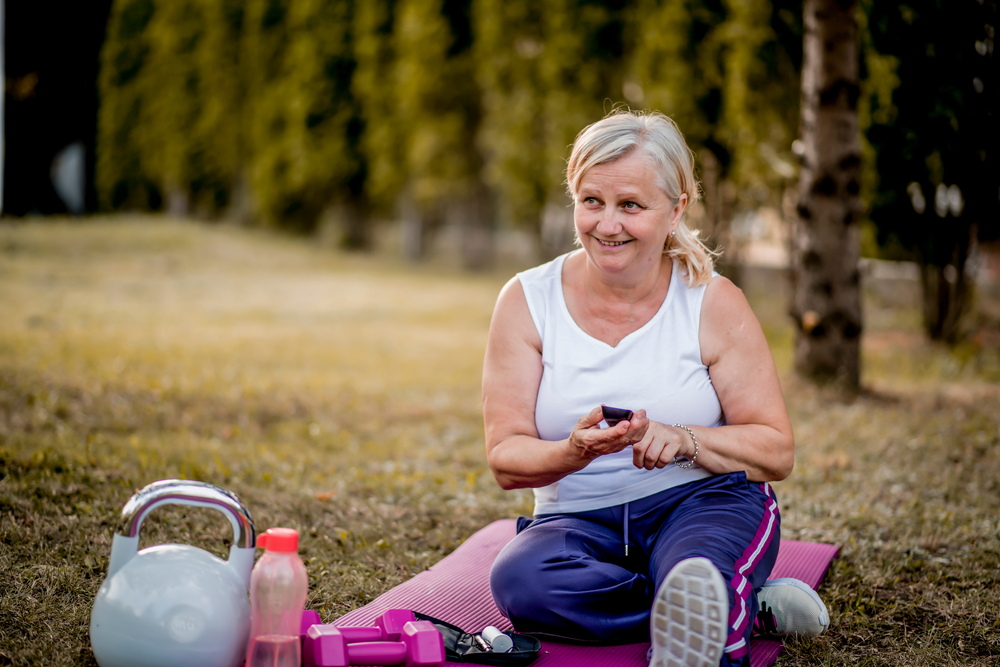
For seniors living with diabetes, exercise is more than just a way to stay active, it’s a powerful tool for improving blood sugar control, protecting heart health, and maintaining independence. Working with an exercise physiologist ensures that movement is safe, effective, and tailored to your needs.
Even small steps, like daily walks or gentle strength exercises, can make a big difference over time.
Next Step
If you or a loved one are managing diabetes and want to improve health with a personalised exercise plan, you can refer them for an exercise physiology consultation.
Our exercise physiologists specialise in helping seniors with diabetes move safely, improve blood sugar levels, and feel more confident in their daily life.
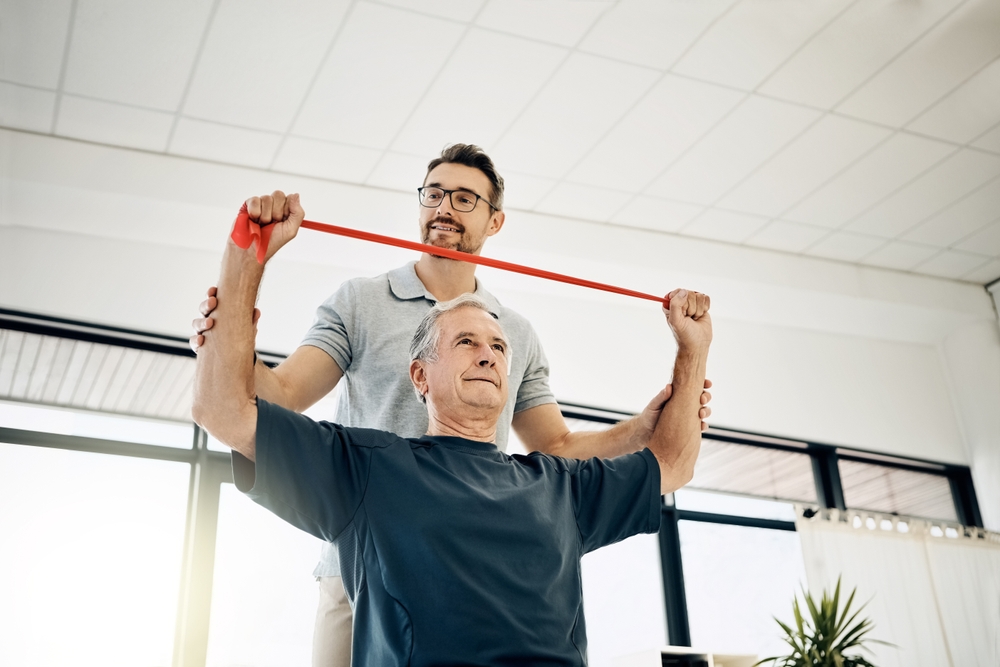
Date Published: Wednesday, August 20, 2025
Locate a Aged Care Exercise Physiology
Service Near me
Get the experience & convinence you deserve to support your or a loved one's allied health needs.
Our Aged Care Exercise Physiology team are currently serving & taking appointments in the following states and regions in Australia:
Need to get into direct contact with ur Client Services team? We're all ears. Call our team directly on 1300 731 733
